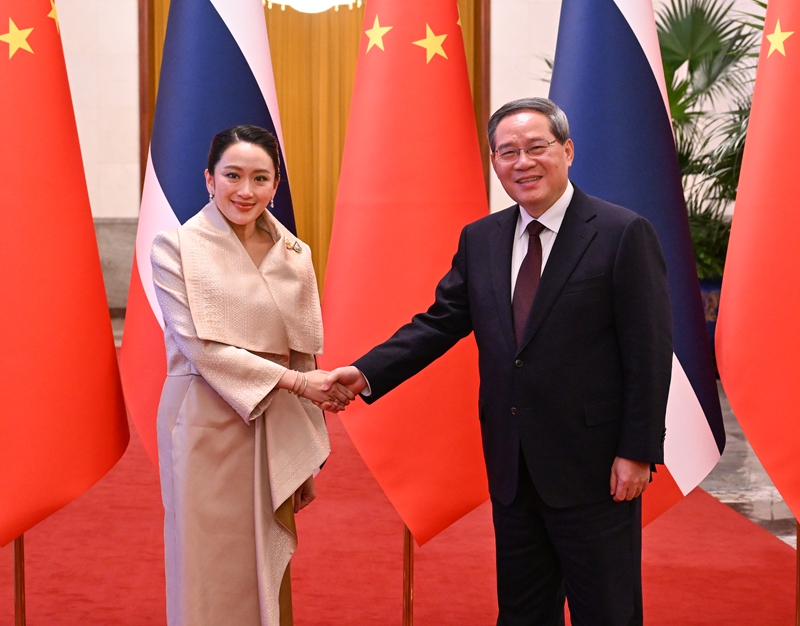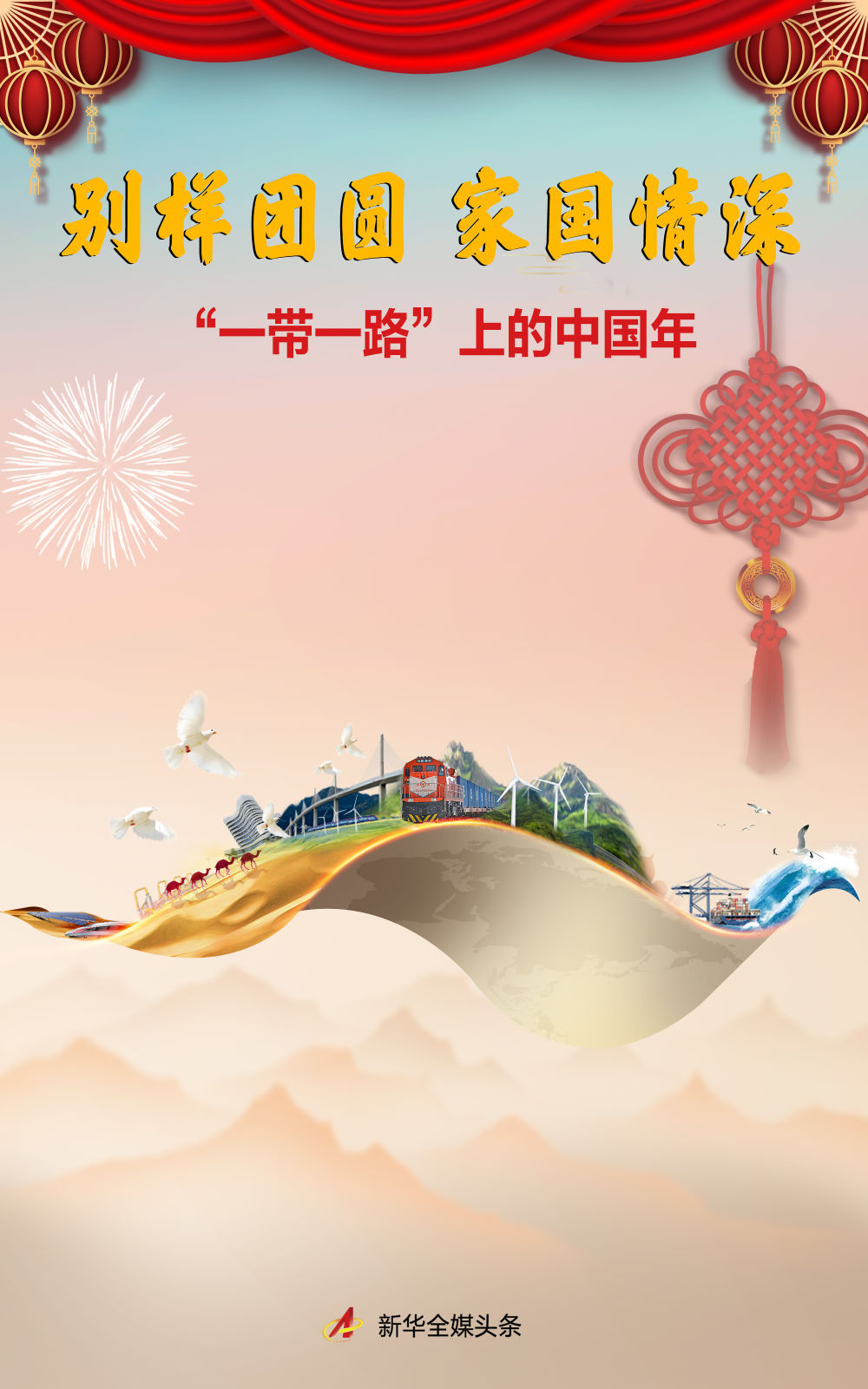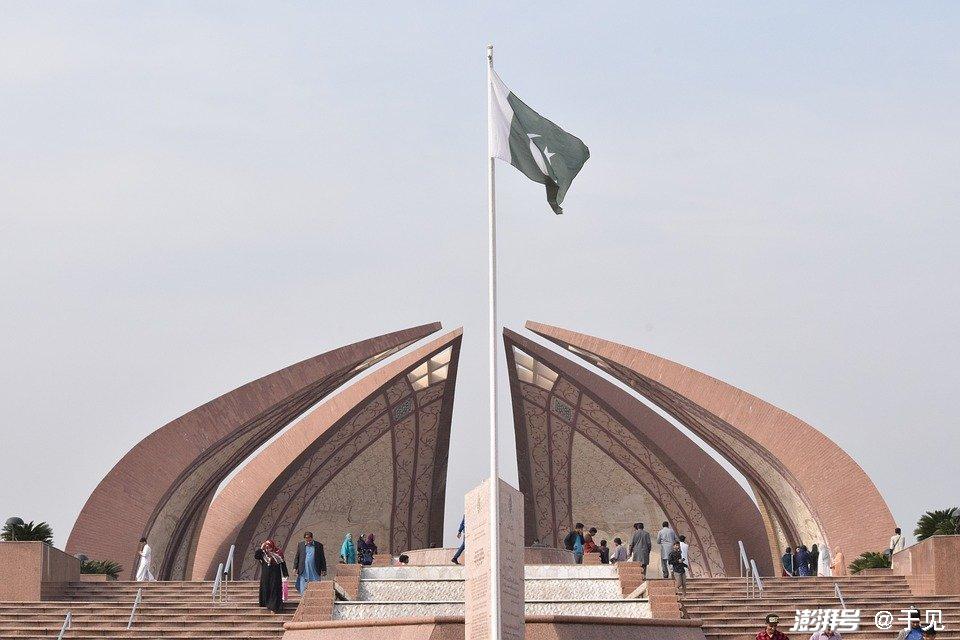Sending Money To More Than 150 Countries? Is China's "One Belt, One Road" Really Just "people Are Stupid And Have Too Much Money"?
Sending Money To More Than 150 Countries? Is China's "One Belt, One Road" Really Just "people Are Stupid And Have Too Much Money"?
Building a road right in front of your house and changing the port to a point where you can make money. Is this a waste of money, or is it helping you change your life? There will be a lot of noise in 2025, but what is really lacking are those who are willing to dig out the details. Don't worry, look at the ledger first.
Building a road right in front of your house and changing the port to a point where you can make money. Is this a waste of money, or is it helping you change your life?
There will be a lot of noise in 2025, but what is really lacking are those who are willing to dig out the details. Don't worry, look at the ledger first.
Let’s start with the numbers: China’s foreign direct investment will be approximately US$192.2 billion in 2024, and the cumulative total since 2013 has exceeded US$1 trillion.
Foreign media love to label it: debt trap, economic expansion, money-spreading project. Saves trouble, but easily cuts the truth in half.
Most projects are based on the principle of "extensive consultation, joint construction and shared benefits" and depend on the market and the alignment of interests. It’s not a red envelope, it’s business, there’s going in and there’s going out.
In Africa, roads, railways and ports are not staged. Money flows to Chinese companies, but also to local workers and suppliers, flowing in both directions.
After the renovation of the Greek port of Piraeus, the efficiency has increased, Greek shipping has become more powerful, and it has become a logistics hub for Chinese companies to enter Europe.

Look at the West through another lens. During the Cold War's Marshall Plan, aid often came with political conditions, requiring institutional reform, open markets, and the promotion of democracy.
China does not interfere in internal affairs, and more than 90% of its projects are not tied to political conditions. More investment is made in infrastructure, energy, and manufacturing, which are the framework that can be implemented.
Research by the International Monetary Fund says that Africa's debt to China accounts for less than 20% of its total foreign debt, and the main risks come from private creditors and Western institutions.
Loans in China are more common with long-term, low-interest rates, more flexible repayments, and are partly settled with resources or commodities, so the pressure of dollar fluctuations is less disturbing.
To clarify in one sentence: aid is given in one direction, investment is made in both directions, the terms are clear, and the benefits and risks are calculated together.
The multiple rounds of debt crises in Latin America and Africa are often caused by low-interest borrowing being harvested by high-interest-rate cycles.
The word "throwing money" is not allowed. Projects have cash flow, construction period, and management. Failure requires review, and success requires division of accounts. This is the norm.

On the geopolitical side, the United States promotes the "Indo-Pacific Strategy" and wants to hedge within the region; China continues to deepen economic and trade in Asia, Africa and Europe, and each plays its own chess.
Don’t rush to call it a “new cold war.” In 2024, Sino-US trade will still be 680 billion US dollars, the supply chain is tight, and capital talents are running on both sides.
China's diplomacy is straightforward: it does not engage in camp confrontation and does not aim to contain the United States. “One Belt, One Road” is more like the deepening of globalization.
To put it another way: it is not about throwing money away, but about making a global layout and leaving "strategic room for maneuver" for China and its partners.
With room to maneuver, you can have more support. If a certain line is broken, other points can be connected, so that nothing is left. This is called risk diversification.
To bring the Port of Piraeus back, it is not the victory or defeat of a single port, but the optimization of the path for Chinese goods to enter Europe, and it is a network effect.
In Africa, roads have been built, mines can move, goods can reach the market, and people have work. This is not a conveyor belt, but an industrial chain that relays each other.

"Extensive discussion, joint contribution and shared benefits" is not a slogan. Let’s talk about goals together, invest resources together, and manage operations together. Write down clearly how to divide profits and shoulder responsibilities together.
Is it worth it? Don't look at slogans, look at traffic times, changes in freight rates, employment numbers, and tax revenue growth. These are the data that can be pocketed.
Let’s talk about debt. Since the debt to China accounts for less than one-fifth, it is uneconomical to put all the blame on China. Let’s look at the debt structure first before talking.
Clause design is also important. Long-term, low interest rates, flexible repayment, and resource or commodity settlement can cut exchange rate risks into small pieces and give you a breath of relief.
So, where is the real point of contention? It's in the rules. Should we use conditional aid to manage people, or should we use executable projects to connect people?
The former looks at political leverage, and the latter looks at project cash flow. One promotes policies, while the other builds roads and ports to revitalize trade. The ideas are different and the results are also different.
Between China and the United States, there is no such thing as black and white. Competition is real and collaboration is happening. The entanglement of diverse interests is the background of today.
The Belt and Road Initiative is therefore not only economic cooperation, but also a platform for participation in global governance. How to write rules and how to upgrade cooperation are all on this line.
Initiative belongs to people and countries who dare to innovate, cooperate and renew themselves. Slow but steady goes a long way.
Winds will change and cycles will come and go, but rigorous planning will not be in vain. Every road built today may be a way of retreat or survival in the face of wind tomorrow.

Finally, zoom out: the map is full of dots and lines, the dots are port construction sites, and the lines are railway channels. There are no flags, just direction and flow.





